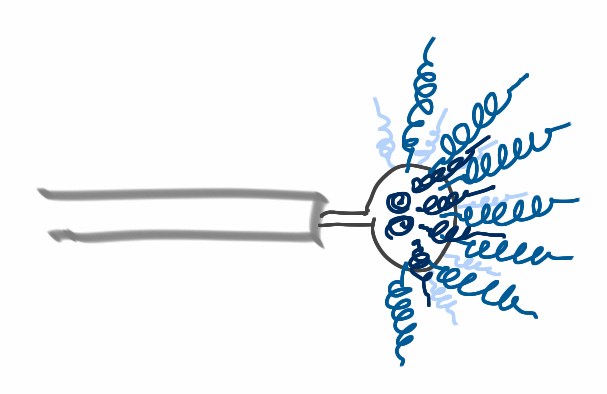In this ‘Various Experiments in Glowing Activity’ (VEGA) video, tungsten rod sections are held in a ferrous nut. Little stars appear on the prone extremities that twinkle.
Do you think there is a correlation between the growth of a ‘star’ at the top centre of the stack of rods and the pops heard, or is it more between the bright glow on the bottom of the nut?
The star localisation on discontinuities is telling us something. It also is reminiscent of work conducted in Russia during the soviet period where little stars form at the end of coiled wires. This was published at the Russian Conference on Cold Nuclear Transmutation and Ball Lightning in October 2018. See below (From 4m12s).
Could the coils on an anode produce a magnetic field and would this facilitate formation of the ‘little stars’? How about an anode that looked like this?

Here is a start:
What will it do?





Northern Lights are not visible on the top. But Hessdalen lights.
The small balls of light that from on the tips of the tungsten are simply smaller complex space charge configurations that form where the positive field is most intense due to the fact that a small point creates a region of stronger electric field. I don't think there's anything significant about those balls forming there. I think a good experiment would be to push the current up even higher if possible with a smaller diameter spherical anode. This may allow for the condition where the double layers of the complex space charge configuration collapse down to a single strong double layer near the surface of the anode. This is when the excess heat and transmutations show up. My prediction is that depending on the composition of the anode, some will vaporize completely and others will melt. Those that don't vaporize should show transmutation products. I hope the experimentalist is filming these experiments remotely because I expect copious SR to be emitted in addition to high energy UV light that could damage the eyes and skin.